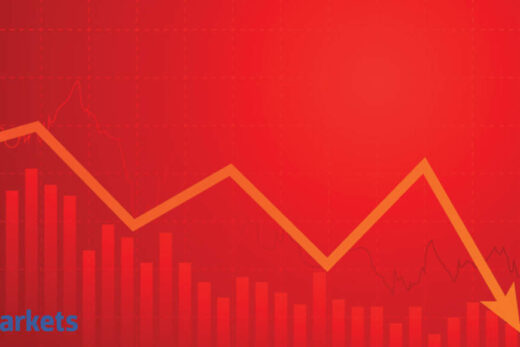Many money managers, including prominent names like S Naren and Anand Shah of ICICI AMC, have said rising inflation will lead to a rise in earnings for India Inc. Currently, India’s retail inflation is slightly above the tolerance level of RBI’s Monetary Policy Committee.
Logically, this makes sense. Usually higher nominal growth means higher profits for companies. This leads to the notion that higher inflation — which accompanies high growth — equals high earnings growth.
But Ridham Desai of Morgan Stanley argues that may not always be the case.
“If inflation gets too high (economy too hot), the cost of money tends to rise and eventually kill the investment cycle. Such a rise in inflation could also raise macro-stability risks or hurt terms of trade, leading to a loss of profits to entities abroad, which can further spoil the investment climate,” Desai said in a report.
Moreover, if inflation is too low (economy too cold), nominal GDP growth falls, and that can hurt revenue prospects and, hence, profits, he argues.
So, does this mean an optimal inflation rate helps companies grow their earnings? Not really. “In India, currently policymakers think a headline CPI of 4 per cent balances risks and output. However, the fact is that India has sometimes hit this target over the past five years and not generated earnings,” said Desai.
In short, past data suggests, inflation and earnings have an uneasy relationship. It is definitely not as simple as some say.
Desai believes earnings is an interplay of all the factors — savings rate of a country, investment rate, current account deficit and dividend paid — in the Kalecki Equation, which in turn bear a complex relationship with inflation. The Kalecki Equation was developed by Michał Kalecki, a Polish Marxian economist.
So, how do we forecast earnings, if nothing is certain? Well, Desai has an easy answer — look at the share price, which more often than not will tell you where earnings are coming to.
“Share prices are usually a step ahead of earnings forecasts. Thus, they lead earnings and actually tell us where earnings growth is heading. While the excess performance of a portfolio comes in being able to successfully disagree with the market’s opinion, usually, the market is right or wise and hard to beat,” said Desai.
He said there are infrequent occasions when the market goes wrong, like it did at the peak of 2008 when it became overconfident, or at the trough of March 2020 when uncertainty distorted prices and valuations generated maximum returns.
So, how much inflation is good?
Share markets have been volatile ever since inflation worries have started spooking traders. On Tuesday, the Sensex fell for the third straight day, for which many blamed the fear of inflation and virus cases. This begs the question, how much inflation is good? Where should we draw the line?
Obviously, the answer is not simple, as shown above, and Desai doesn’t answer the question in his report. But some other money managers believe the current situation is not that worrisome. Many economists are also confident that a rate hike is not imminent, as central banks will likely support economic growth for now.
“Inflation to a point where it doesn’t lead to hyper-inflation and tight monetary policy is actually good for the equities. Equities run on nominal GDP growth. If you have price growth, it is good. In India, if inflation remains 4-7 per cent and temporary with an average near 4 per cent, it is good for equities. Currently, I will not be very worried of this,” said Manish Gunwani, CIO of Equities at Nippon India Asset Management.



